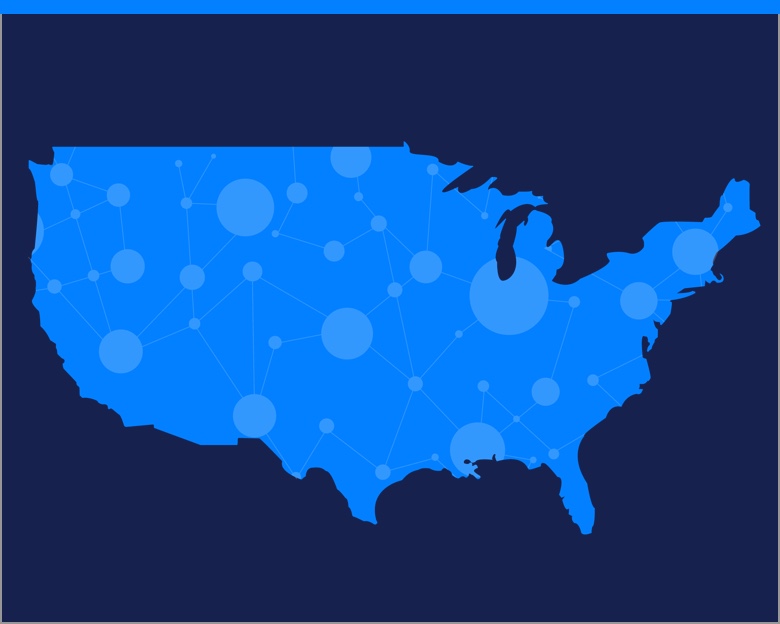State Action to Close the Homework Gap
Closing the Digital Divide in America’s Education System
Explore the role of the state in addressing the homework gap during COVID-19.

State leaders are being inundated with resources, lists, and links as education communities rush to set up remote learning during COVID-19.
While every state will require a unique set of answers to meet their specific challenges during the crisis, the following options provide a framework for states to evaluate their role in keeping students connected both in the short term and as we contemplate the impact of coronavirus on schools over the course of the next academic year.


Advocacy. Whether for funding or policy changes, governors serve as the front line for constituents’ needs to be heard at a national level. Governors can also stand as a champion for keeping learners connected in their state. For example, they may be uniquely capable of drawing attention to disparities that have always existed but are now front and center, or they can provide a lens through which their constituency can better understand or relate to broadband connectivity. In mid-May, Texas Commissioner of Education Mike Morath teamed up with superintendents from 64 Texas school districts, representing 2.3 million Texas students, to write a letter to Chairman Pai urging rule changes at the federal level to further help connect their students. (Read the letter.)

Data collection. Gathering data on the level of need and the service provider options that exist is the first step to closing the homework gap. States can facilitate the gathering of this information by partnering with school districts and service providers on data collection efforts and aggregating information at the state level. States may already have information that would be useful to help districts identify gaps in students’ home access. Data plays a crucial role in determining where students do and do not have home access. See Conducting a Needs Assessment for a detailed look at how states can execute a key piece of their own data collection efforts.

Procurement. School districts have struggled to overcome supply chain constraints for hotspots and computers. States can help school districts overcome these challenges by leveraging state procurement vehicles and aggregate purchasing power to get better deals on hotspots and devices for students. They can also serve as the convener of key stakeholders in procurement, hedging against “districts competing with one another” for the same resources. Explore how states can leverage purchasing power to support 1:1 learning.

Considerations for funding. States can both serve as the conduit through which districts get direct federal aid, as well as provide considerations regarding disbursement strategy to better fit their state when grants allow. The CARES act provides $16.4 billion for education spending in response to COVID-19 – addressing the homework gap is a critical use case of this funding. Discover how CARES act funding can be used for broadband and how some states are supporting their school districts.

Convening stakeholder groups. Closing the homework gap requires collaboration from a broad range of stakeholders, including schools, nonprofits, service providers, and the broader business community. Governors have the unique ability to bring these groups together. For example, they can work with the state’s Public Utility Commission and service provider community to identify which service options are available to unconnected students and streamline the process to get those students access. Find out how a state’s Public Utility Commission can help address the Homework Gap.

Best practices sharing. As states and school districts across the country respond to the homework gap amidst COVID-19, effective and replicable solutions are emerging. States are in a position to aggregate and promote these strategies, not only amongst school districts in their state but also amongst peer leaders in other states. Learn how the Nebraska Department of Education tackled the Homework Gap During COVID-19.

Where are America’s Unconnected Students?
Our interactive map shows the estimated number of unconnected students in your state.
Calculate the Cost of Connecting Students
Our budget calculator helps states estimate how much it will cost to close the homework gap.



